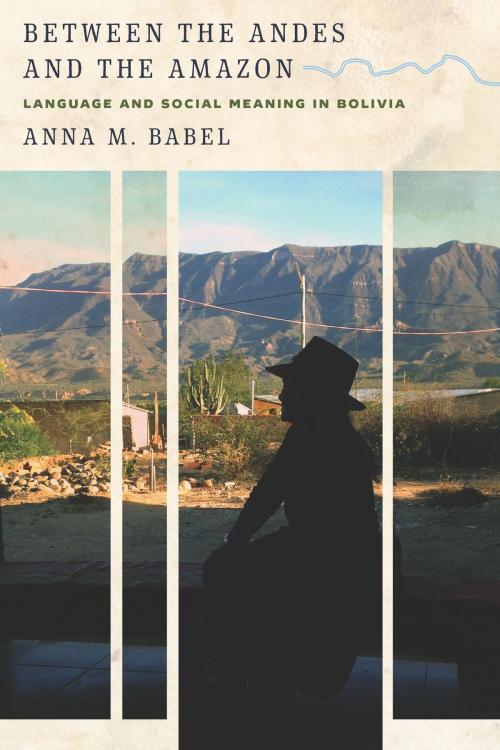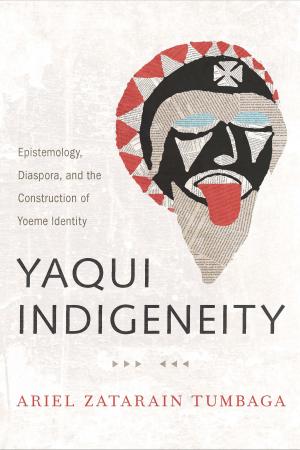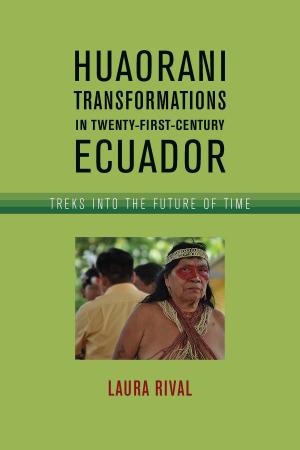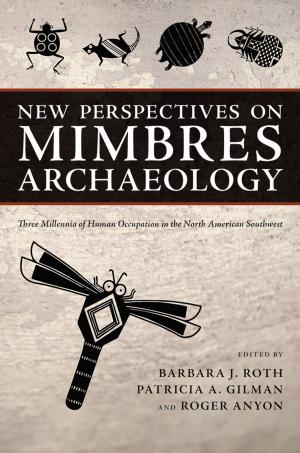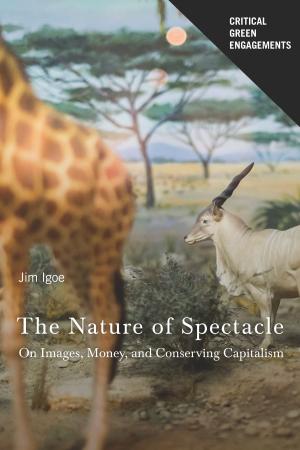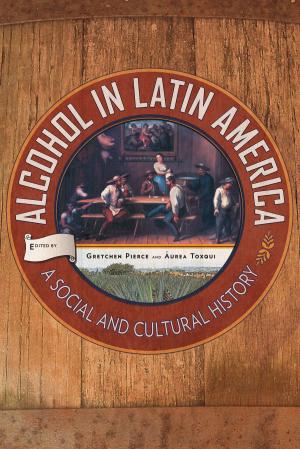Between the Andes and the Amazon
Language and Social Meaning in Bolivia
Nonfiction, Reference & Language, Language Arts, Linguistics, Social & Cultural Studies, Social Science, Anthropology| Author: | Anna M. Babel | ISBN: | 9780816538133 |
| Publisher: | University of Arizona Press | Publication: | March 27, 2018 |
| Imprint: | University of Arizona Press | Language: | English |
| Author: | Anna M. Babel |
| ISBN: | 9780816538133 |
| Publisher: | University of Arizona Press |
| Publication: | March 27, 2018 |
| Imprint: | University of Arizona Press |
| Language: | English |
Why can’t a Quechua speaker wear pants? Anna M. Babel uses this question to open an analysis of language and social structure at the border of eastern and western, highland and lowland Bolivia. Through an exploration of categories such as political affiliation, ethnic identity, style of dress, and history of migration, she describes the ways that people understand themselves and others as Quechua speakers, Spanish speakers, or something in between.
Between the Andes and the Amazon is ethnography in storytelling form, a rigorous yet sensitive exploration of how people understand themselves and others as members of social groups through the words and languages they use.
Drawing on fifteen years of ethnographic research, Babel offers a close examination of how people produce oppositions, even as they might position themselves “in between” those categories. These oppositions form the raw material of the social system that people accept as “normal” or “the way things are.” Meaning-making happens through language use and language play, Babel explains, and the practice of using Spanish versus Quechua is a claim to an identity or a social position. Babel gives personal perspectives on what it is like to live in this community, focusing on her own experiences and those of her key consultants. Between the Andes and the Amazon opens new ways of thinking about what it means to be a speaker of an indigenous or colonial language—or a mix of both.
Why can’t a Quechua speaker wear pants? Anna M. Babel uses this question to open an analysis of language and social structure at the border of eastern and western, highland and lowland Bolivia. Through an exploration of categories such as political affiliation, ethnic identity, style of dress, and history of migration, she describes the ways that people understand themselves and others as Quechua speakers, Spanish speakers, or something in between.
Between the Andes and the Amazon is ethnography in storytelling form, a rigorous yet sensitive exploration of how people understand themselves and others as members of social groups through the words and languages they use.
Drawing on fifteen years of ethnographic research, Babel offers a close examination of how people produce oppositions, even as they might position themselves “in between” those categories. These oppositions form the raw material of the social system that people accept as “normal” or “the way things are.” Meaning-making happens through language use and language play, Babel explains, and the practice of using Spanish versus Quechua is a claim to an identity or a social position. Babel gives personal perspectives on what it is like to live in this community, focusing on her own experiences and those of her key consultants. Between the Andes and the Amazon opens new ways of thinking about what it means to be a speaker of an indigenous or colonial language—or a mix of both.
